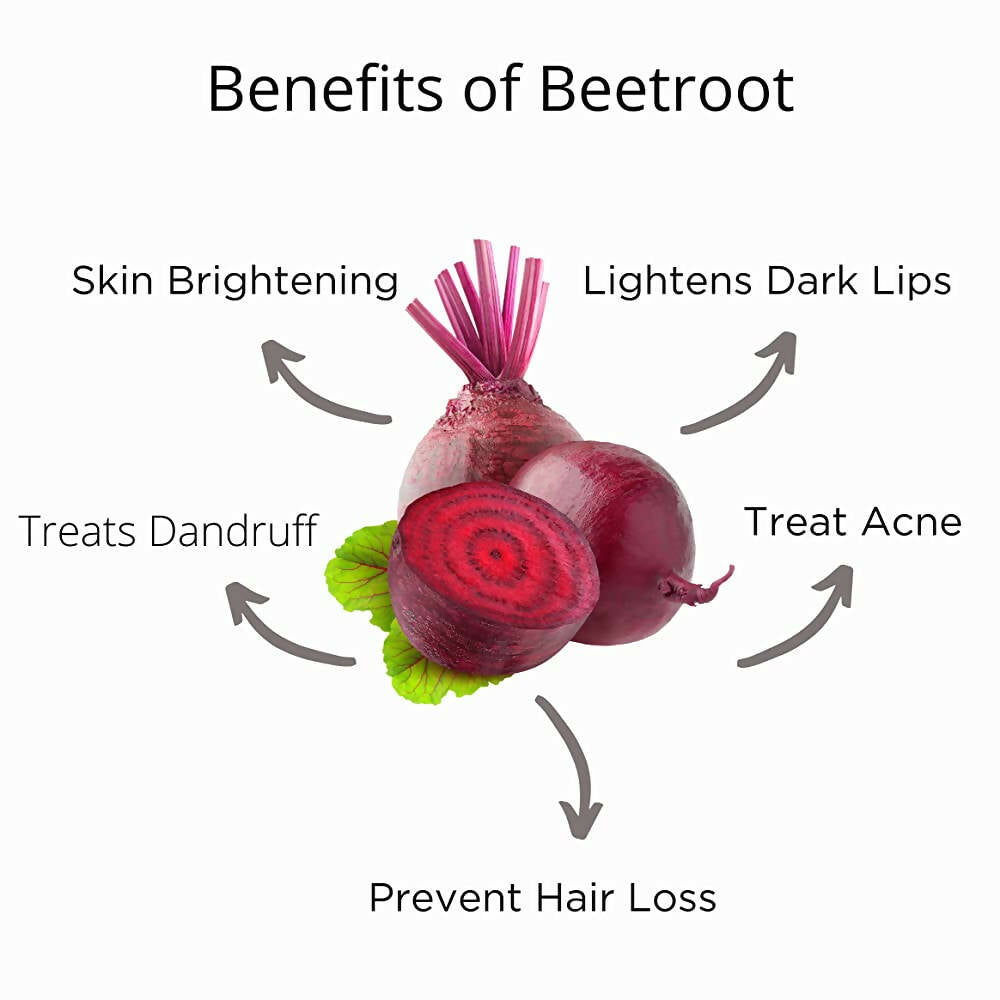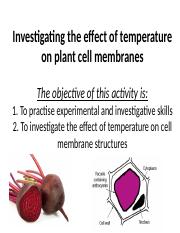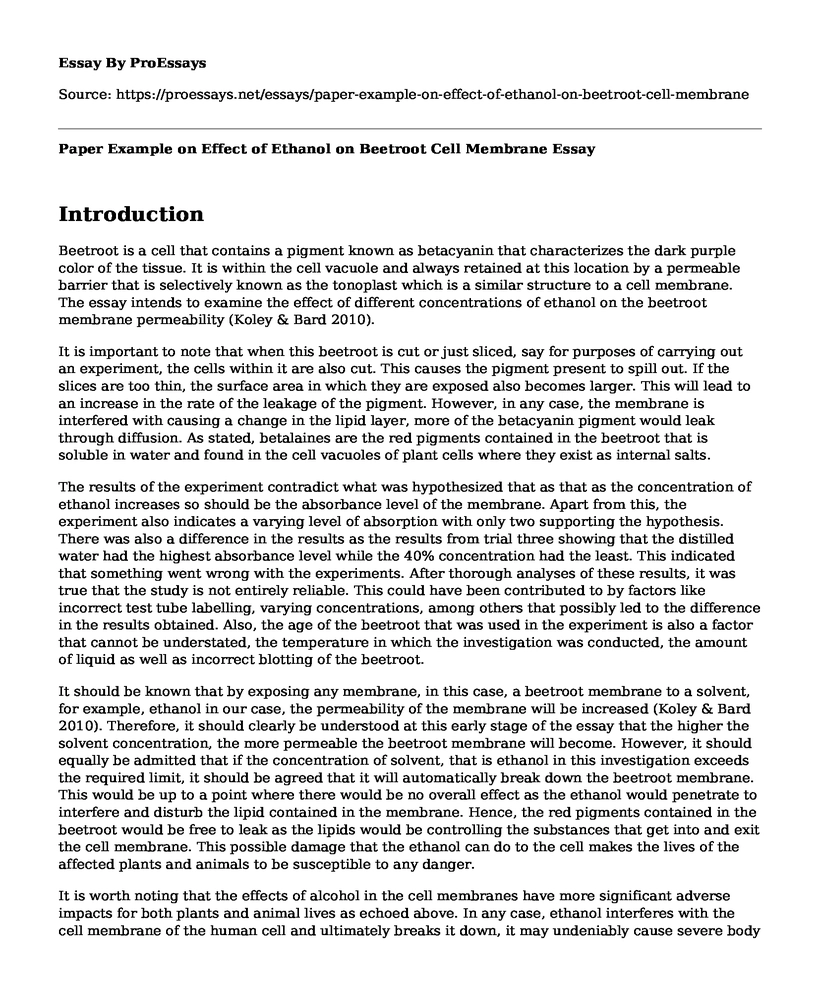Beetroots, also known as beets, are a type of root vegetable that belongs to the Chenopodiaceae family. They are widely cultivated for their edible taproots, which are used as a source of food and medicine. Beetroots are a good source of nutrients, including vitamins, minerals, and antioxidants, and they have numerous health benefits.
The cell structure of beetroots is similar to that of other plants, with a few unique characteristics. Like all plants, beetroots are composed of cells, which are the basic unit of life in all living organisms. Cells are surrounded by a cell wall, which provides support and protection for the cell. The cell wall is composed of cellulose, a tough, fibrous carbohydrate that gives plants their structural support.
Inside the cell wall is the cell membrane, which separates the contents of the cell from the external environment. The cell membrane is composed of lipids and proteins and acts as a barrier, regulating the movement of substances in and out of the cell.
Inside the cell membrane is the cytoplasm, which contains the organelles and other structures that carry out the functions necessary for the cell to survive. The cytoplasm is composed of water, ions, and various organic molecules, including enzymes and proteins.
One of the main organelles in the cytoplasm of beetroot cells is the vacuole, which is a large, fluid-filled structure that helps to maintain the shape of the cell and store substances. The vacuole is surrounded by a membrane called the tonoplast, which helps to regulate the movement of substances into and out of the vacuole.
Another important organelle in beetroot cells is the nucleus, which is the control center of the cell. The nucleus contains the genetic material of the cell, which is organized into chromosomes. The nucleus is surrounded by a membrane called the nuclear envelope, which separates the genetic material from the rest of the cell.
Beetroots are also unique in that they contain a pigment called betalain, which gives them their distinctive red color. Betalain is produced in special organelles called chromoplasts, which are found in the cytoplasm of beetroot cells. Chromoplasts contain pigments called betacyanins and betaxanthins, which are responsible for the red and yellow colors of beetroots, respectively.
In summary, the cell structure of beetroots is similar to that of other plants, with a few unique characteristics. Beetroots contain a cell wall, cell membrane, cytoplasm, vacuole, nucleus, and chromoplasts, which all play important roles in the functioning of the cell.






